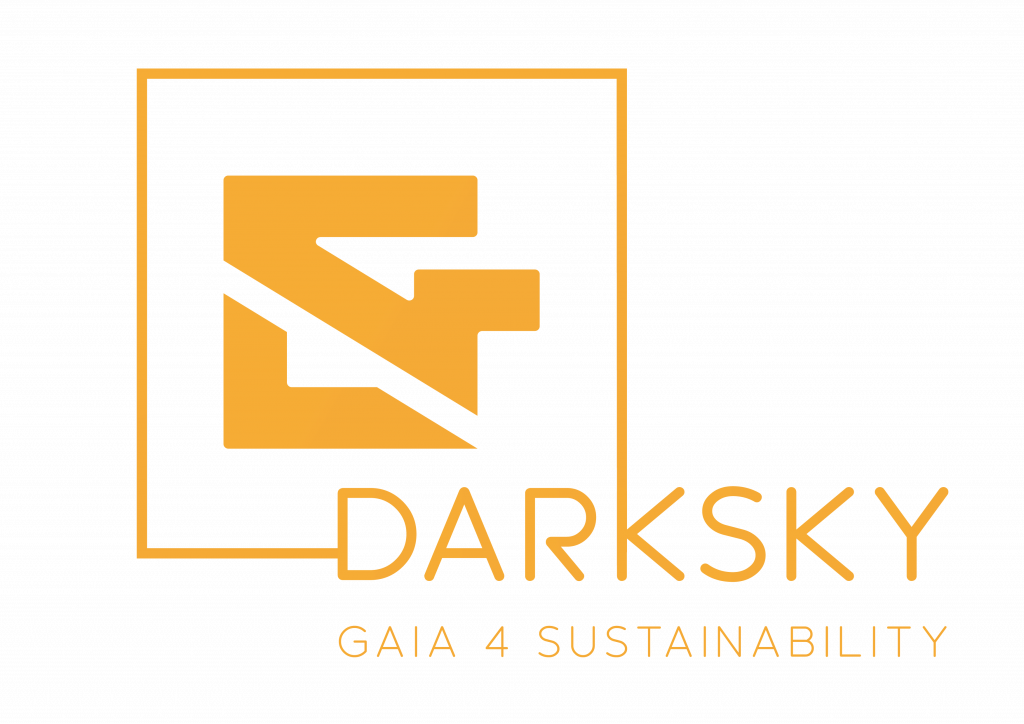Light pollution
What is?
Light Pollution affects not only the sky.
The use of Artificial Light at Night (ALAN) is now an irreplaceable technology for our society. But the use of inappropriate illumination generates an environmental problem, the light pollution. Among
modern environmental problems light pollution, understood as the alteration of the natural brightness of the sky due to artificial light sources, is the one that has most increased in recent times.
Light pollution affects a huge amount of living species
Although its effects are most notorious in highly populated areas and developed countries, it is beyond doubt a very serious worldwide problem: nowadays, at least 60% of the Earth’s population lives under light polluted skies and in Europe and the USA the fraction increases up to more than 80%. Despite the increasing social awareness, the efforts of the scientific community and the citizens’ actions to mitigate the problem, light pollution is still increasing at a yearly basis rate of 2%.
The effects of light pollution are many and varied.
It has been a common topic in astronomy for a long time, where light pollution was already studied and taken into account in the second half of the twentieth century when searching for new sites for astronomical observatories. But beyond the impact on the observation of the starry night sky (considered an inalienable right of humankind in La Palma Declaration, 2007), light pollution has many other effects.
Due to increasing use of ALAN, the distinction between day and night gets blurred, disturbing the synchronization between organisms and their environment and disrupting seasonal and circadian rhythms. This can result in community shifts, changes in food webs and loss of biodiversity.
In higher vertebrates, including humans, the dysfunction of the melatonin production can lead to depression, cause problems of the cardio-vascular system and prolong civilisation diseases.
Last but not least, light pollution is linked to unnecessary lighting levels, causing a waste of energy that is mostly produced by fossil fuel combustion and therefore aggravates climate change. For instance, in the period 1990-2015, the cost in electricity of public lighting in Spain grew at a 4% rate. Moreover, Spain is the European country with the highest lighting consumption per inhabitant, with a total energy consumption of 5.4 TWh/year and a cost of 950 million of euros per year. Reducing and rationalizing this consumption directly meets the United Nations 2030 Agenda for Sustainable Development goals.

